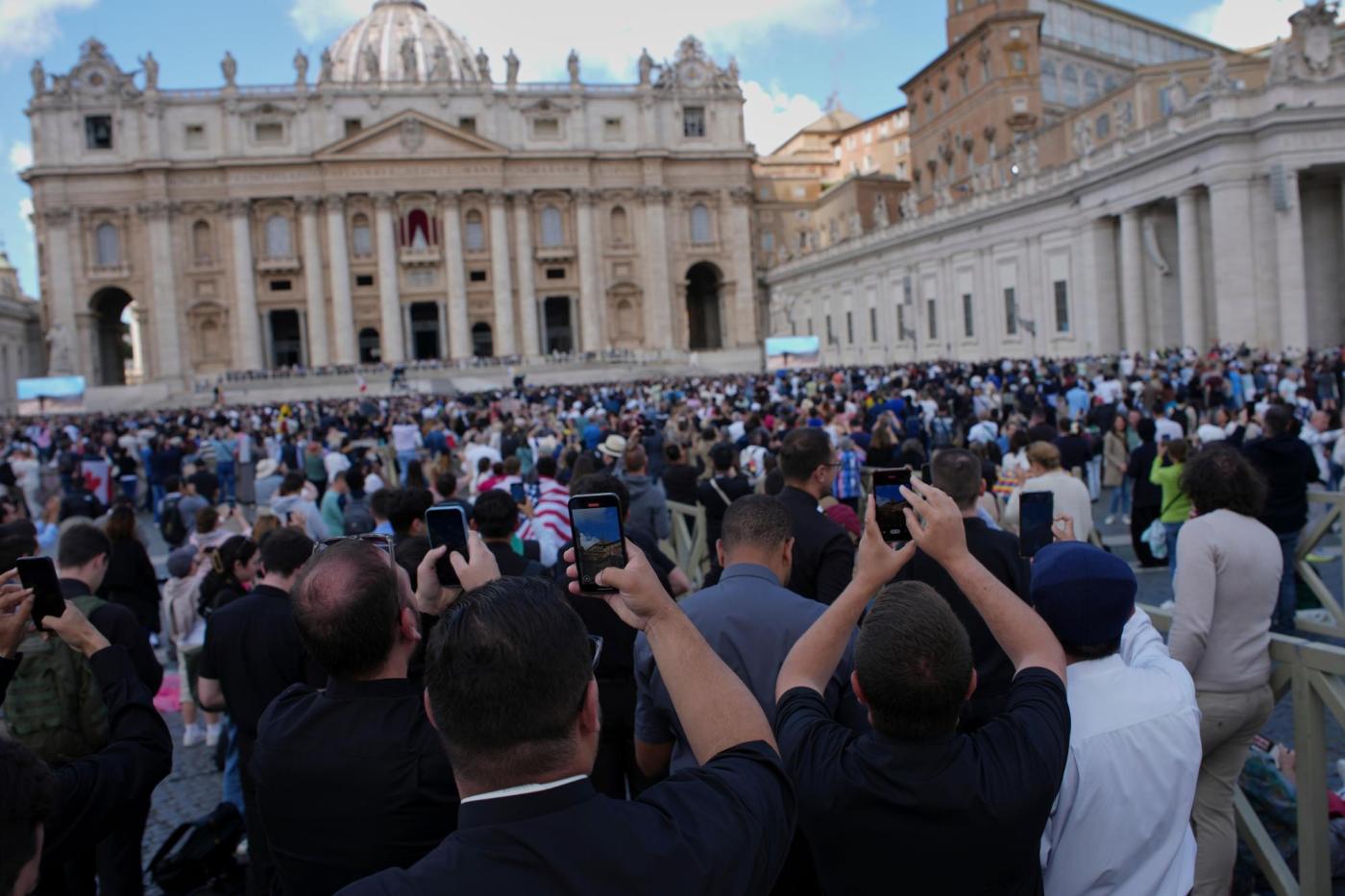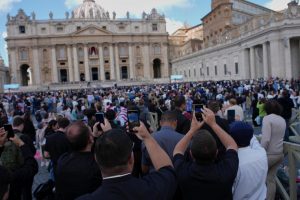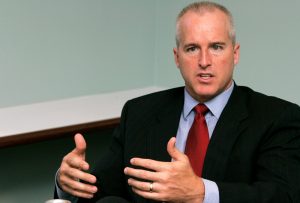
This conclave to choose a new pope was short — but not the shortest ever
By COLLEEN BARRY, Associated Press
VATICAN CITY (AP) — How long does it take to choose a pope? In this case, it took only two days for Catholic cardinals to elect a successor to Pope Francis. That’s among the shortest conclaves in recent decades, but not the shortest ever.
It’s hard to be precise, since the Vatican doesn’t publish official data on the number of votes or tallies in past conclaves, and sources compiling their own data are not in complete agreement.
But historical figures provide a few clues.
Related Articles
India and Pakistan trade fire and accusations as fears of a wider military confrontation rise
The EU publishes a US product hit list and prepares for WTO action against Trump’s tariffs
Denmark says it will summon a US diplomat over report on increased US intel gathering in Greenland
World War II ended in Europe 80 years ago. Celebrating V-E Day is now tinged with some dread
Trump agrees to cut tariffs on UK autos, steel and aluminum in a planned trade deal with Britain
Before 1274, there were times when a pope was elected the same day as the death of his predecessor. After that, however, the church decided to wait at least 10 days before the first vote. Later that was extended to 15 days to give all cardinals time to get to Rome.
The quickest conclave observing the 10-day wait rule appears to have been the 1503 election of Pope Julius II, who was elected in just a few hours, according to Vatican historian Ambrogio Piazzoni. In more recent times, Pope Francis was elected in 2013 on the fifth ballot, Benedict XVI won in 2005 on the fourth and Pope Pius XII won on the third in 1939.
The longest conclave since the 20th century began took 14 rounds of balloting across five days, ending with the election of Pius XI in 1922. The shortest was the conclave that elected Pius XII in 1939, which took three ballots in two days.
Cardinals must reach a two-thirds majority to elect a pope. That was somewhat easier in conclaves past: In 1922 there were just 53 voting cardinals, and until 1978 there were fewer than 100 each time. This year there are 133, so 89 votes were needed.
Here’s a look at the duration of conclaves in recent history, according to multiple sources including Catholic and other Italian publications:
1914: Benedict XV: 10 ballots, 3 days
1922: Pius XI: 14 ballots, 5 days
1939: Pius XII: 3 ballots, 2 days
1958: John XXIII: 11 ballots, 4 days
1963: Paul VI: 5 or 6 ballots, 3 days
1978: John Paul I: 4 ballots, 2 days
1978: John Paul II: 8 ballots, 3 days
2005: Benedict XVI: 4 ballots, 2 days
2013: Francis: 5 ballots, 2 days


